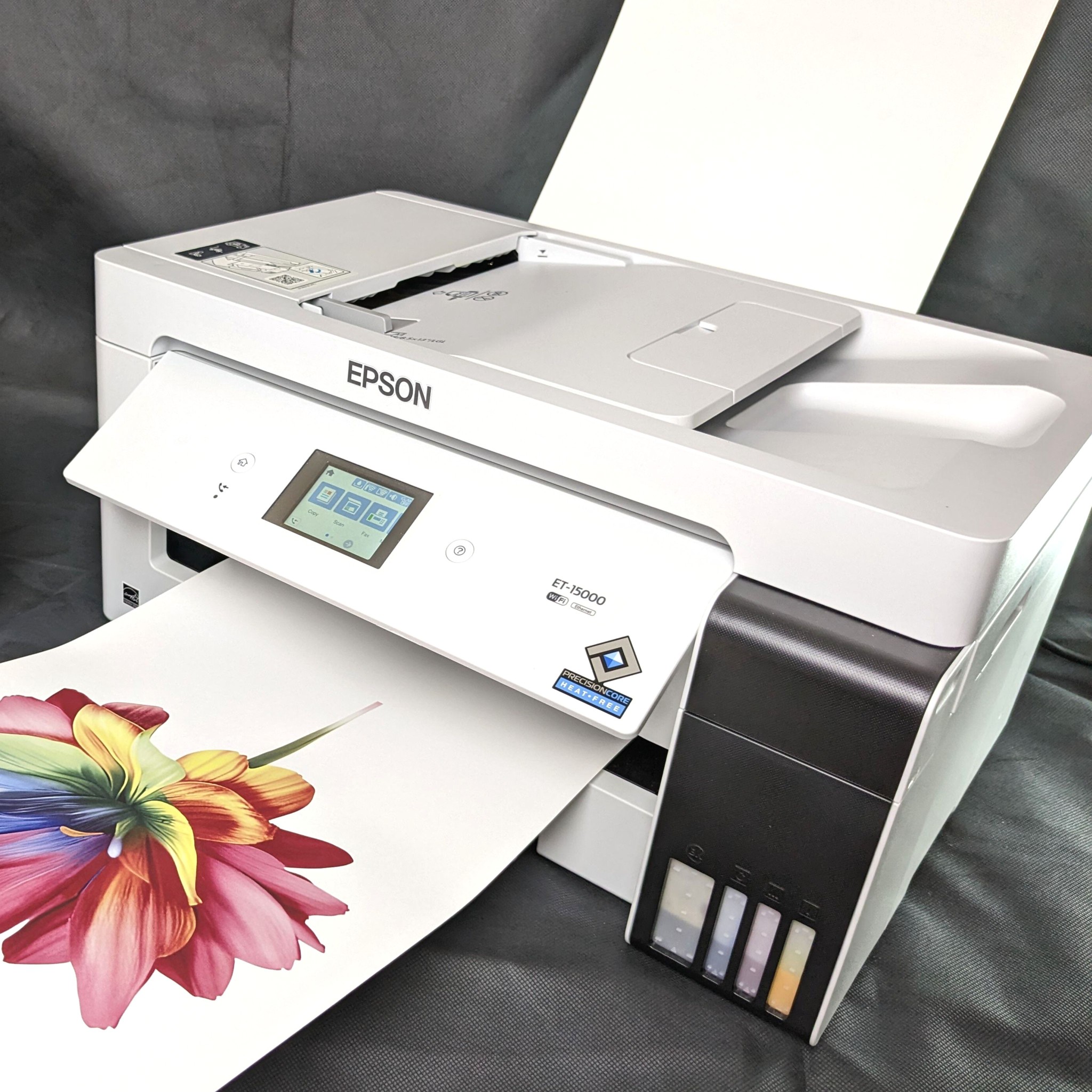Developments in DTF Printing: Just How It's Revolutionizing the Market
The fabric printing industry is going through a substantial transformation, driven by the cutting-edge developments in Direct-to-Film (DTF) innovation. These technologies are not only enhancing print quality and flexibility yet additionally streamlining the entire printing process. With remarkable ink solutions, boosted movie and sticky modern technologies, and the combination of automation, DTF printing uses lively, sturdy prints on a selection of textiles, fulfilling the increasing need for modification. As organizations look for extra eco pleasant and effective options, the ramifications of these improvements call for a closer assessment into how they are shaping the future of fabric printing.
Innovations in DTF Technology
Advancing swiftly, DTF (Direct-to-Film) printing innovation has actually gone through substantial enhancements that are changing the textile market. Modern DTF printers utilize sophisticated ink formulas that result in vivid, resilient prints with high resolution and color accuracy.

Furthermore, improvements in movie and glue modern technologies have actually boosted the overall application process. New films offer better flexibility and attachment, boosting the sturdiness and washability of the printed styles - screen printing. This makes sure that the prints keep their honesty and vibrancy even after multiple washes
Lastly, environmental considerations have triggered the advancement of green DTF remedies. Suppliers are increasingly adopting sustainable practices, such as utilizing recyclable movies and water-based inks, straightening with global efforts to lower the market's eco-friendly impact.
Benefits Over Typical Approaches
When comparing DTF printing to conventional techniques such as screen printing and direct-to-garment (DTG) printing, several distinct advantages arise. sublimation printing. One of one of the most considerable benefits is its convenience in material compatibility. Unlike display printing, which typically requires specific fabric kinds, DTF printing can be applied to a wider variety of materials, including cotton, polyester, and blends, without endangering print top quality
An additional significant benefit is cost-effectiveness, especially for small to medium-sized orders. Conventional screen printing comes to be economically sensible only at greater volumes as a result of the setup prices involved. On the other hand, DTF printing removes these configuration expenditures, making it more budget-friendly for smaller batches and one-off styles.
Moreover, DTF printing succeeds in toughness and washability. In addition, DTF printing offers faster turnaround times.

Enhanced Design Abilities
DTF printing supplies improved style abilities that set it apart from standard printing methods. The process involves printing a layout onto a special film, which is then transferred to material.
Moreover, DTF printing supports a vast variety of textiles, consisting of cotton, polyester, blends, and also their website non-textile substrates. This versatility opens doors for imaginative applications in varied markets such as style, home style, and advertising items. Unlike screen printing, which can be limiting due to color separation and stencil development, DTF printing simplifies the process, making photo-realistic and multi-color designs much more easily accessible.
Furthermore, DTF printing excels in attaining consistent color precision and vibrancy. In essence, DTF printing empowers developers to push the limits of creative thinking, providing visually spectacular results that were previously unattainable.
Price and Time Efficiency
Among the remarkable advantages of DTF printing hinges on its cost and time performance, making it a favored choice for many companies. By getting rid of the demand for screen configurations and extensive pre-production procedures, DTF printing substantially reduces first expenses. Unlike typical techniques that call for substantial financial investment in displays and arrangement times, DTF printing allows for straight application onto different products with minimal prep work. This reduction in setup time converts right into faster production cycles, enabling companies to satisfy orders a lot more swiftly.
In addition, DTF printing excels in creating short runs and personalized orders cost-effectively. The capability to create premium prints without the demand for big volume dedications lessens waste and maximizes resource allocation. This adaptability is particularly useful for small companies and startups that may not have the capital to purchase large-scale production runs.
In terms of operational effectiveness, DTF printing's streamlined operations improves total efficiency. Therefore, DTF printing stands out as a transformative option in the printing sector.
Future Trends in DTF Printing
Anticipating future fads in DTF printing exposes a landscape marked by rapid technical innovations and raised market demand (screen printing). One considerable fad is the integration of expert system (AI) and artificial intelligence formulas to optimize print try this site quality and streamline procedures. AI-driven systems can predict prospective concerns and readjust setups in real-time, ensuring consistently top notch output
Additionally, innovations in lasting materials and green inks are anticipated to gain grip. As environmental problems become extra important, the industry is most likely to see a shift towards non-toxic and eco-friendly inks, reducing its eco-friendly impact.
Customization and personalization will certainly also play a pivotal function. With the expanding consumer need for distinct, personalized products, Read Full Article DTF printing innovations are advancing to provide even more thorough and complex modification choices. This pattern is supported by boosted software program services that enable even more complicated and creative designs.
Last but not least, the assimilation of DTF printing with other electronic platforms and e-commerce remedies will certainly end up being more smooth. This connection will make it possible for services to provide on-demand printing services directly to customers, better driving development in the market. These fads jointly highlight a future where DTF printing not only meets however surpasses the developing needs of the market.
Final Thought

When comparing DTF printing to conventional techniques such as screen printing and direct-to-garment (DTG) printing, numerous unique advantages arise. Unlike screen printing, which commonly requires specific material kinds, DTF printing can be applied to a broader array of products, consisting of cotton, polyester, and blends, without jeopardizing print quality.
DTF printing uses enhanced style capacities that establish it apart from traditional printing approaches. Hence, DTF printing stands out as a transformative option in the printing sector.
Technologies in DTF printing dramatically improve the textile printing sector by supplying superior print top quality, flexibility, and effectiveness.